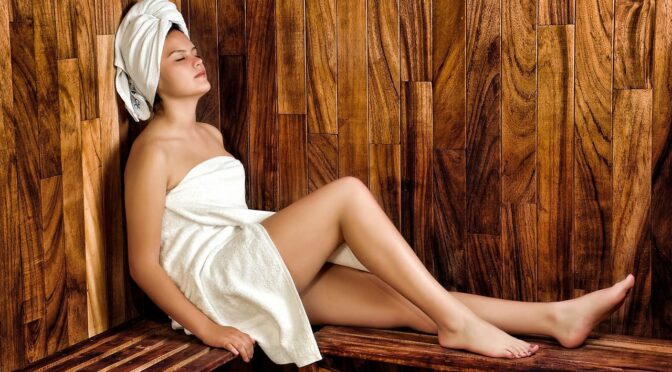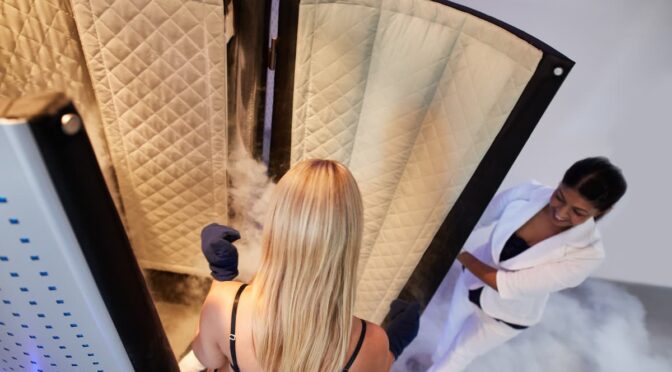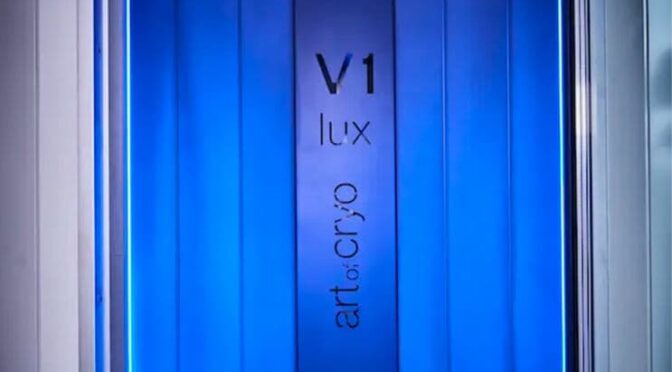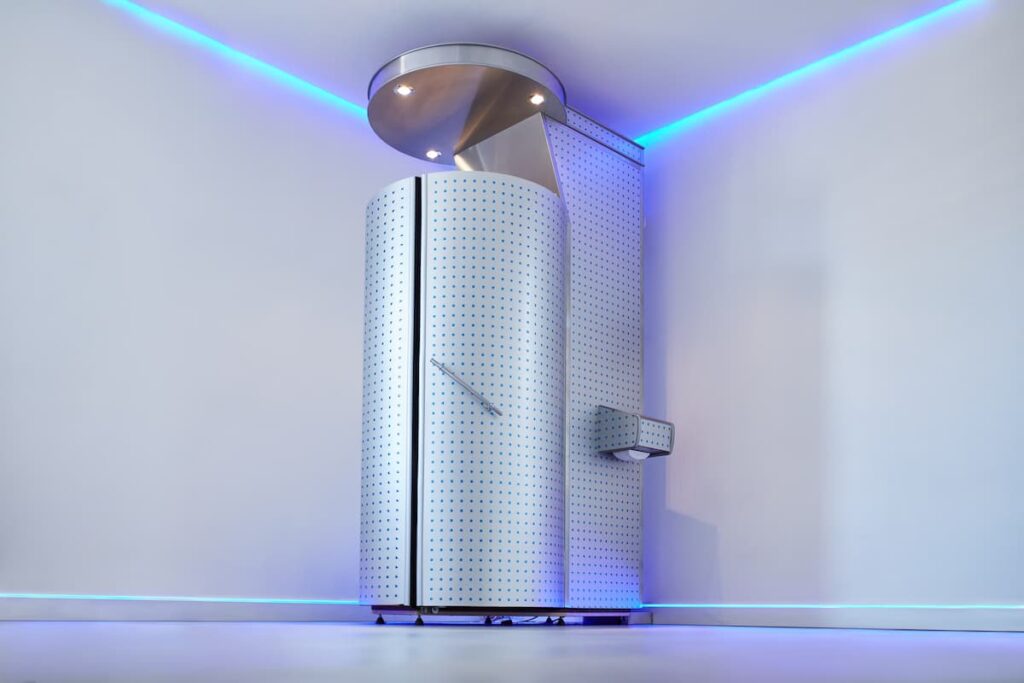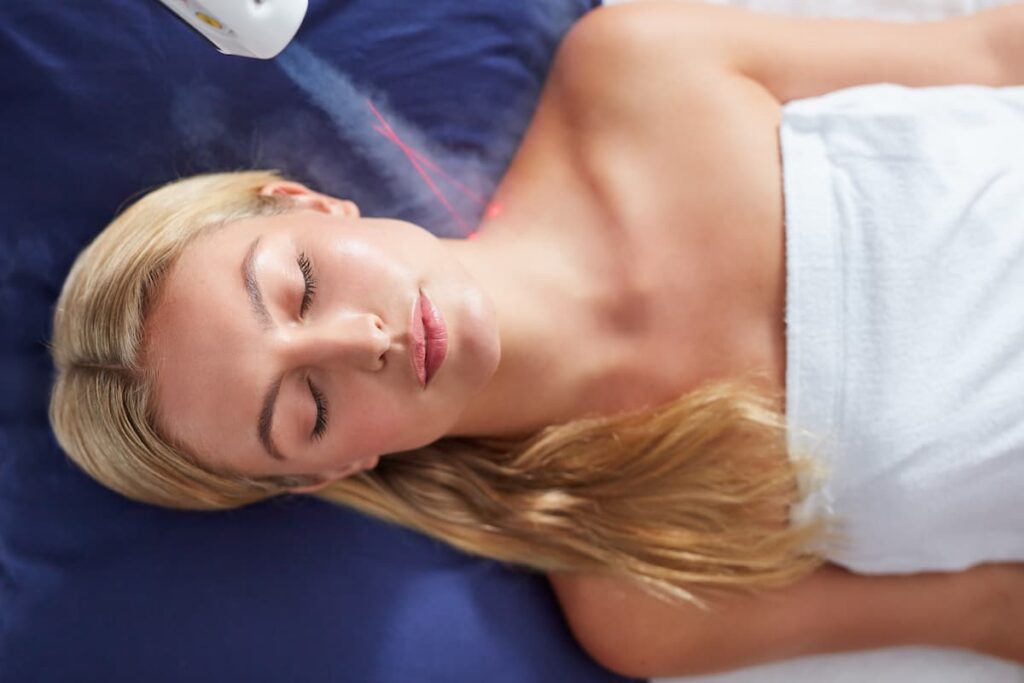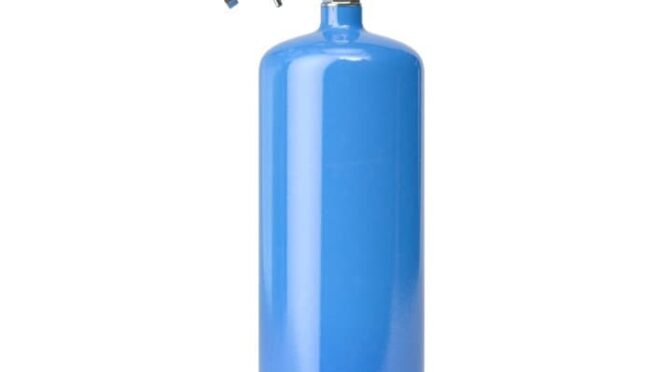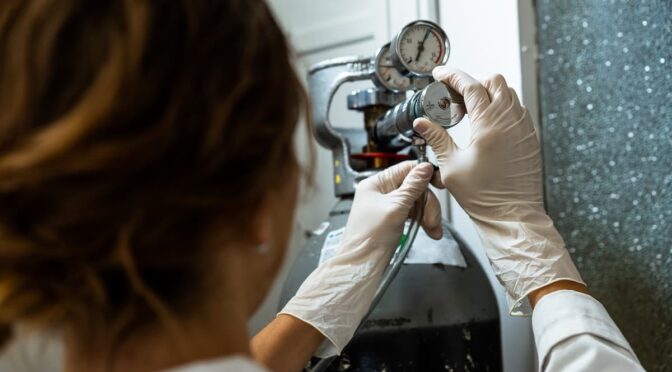A wrinkle, often called a rhytide, is a fold, ridge, or crease in a surface that would otherwise be smooth, like the skin. Age-related processes are usually the cause of skin wrinkles.
Whole-body cryotherapy has a number of beneficial side effects in addition to its most prevalent impacts on our bodies. Wrinkle fighting and wrinkle prevention are two of them. Women employ the anti-aging properties of the cold on a global scale, and cryotherapy has improved their potency and use.
One of the most popular effects that utilise a lot of cosmetic and spa establishments to draw customers is whole-body cryotherapy for combating wrinkles. Cryotherapy treatments are truly a youth elixir due to their impact on our skin and general health.
wrinkle-reducing effects of cryotherapy
How does whole-body cryotherapy for wrinkles and general skin condition function and what are its advantages?
boost to collagen production. Cryotherapy promotes the formation of collagen, according to studies. Your skin’s strength, suppleness, and elasticity are all due to the protein called collagen. Lines and wrinkles are more likely to develop as collagen synthesis declines. In addition, collagen helps the skin seem young and beautiful by replacing dead skin cells.
prevention of creases and wrinkles. Age-related changes in our skin’s hydration and collagen levels cause lines and wrinkles. Our skin is more likely to stay elastic and supple for longer because to cryotherapy’s stimulation of collagen formation.
A better skin look. Our body responds to the subzero temperatures of cryotherapy by diverting a large portion of blood flow to your core, important organs in an effort to preserve internal body temperature. Nutrient-rich blood rushes back towards our extremities, including our face, when the session is complete and the temperature returns to normal. This provides your skin a chance to swap out old cells for new ones, giving us a radiant complexion.
enhancement in all-around wellbeing. Cryotherapy treatments for the entire body can boost mood, reduce stress, and promote better sleep. All of these are beneficial for overall health and, consequently, for skin condition.
Do wrinkles benefit from cryotherapy?
Is cryotherapy effective for reducing wrinkles? Studies have demonstrated that the cold (i.e., cryotherapy) improves skin health because it stimulates blood flow and collagen synthesis. Traditional anti-aging methods are significantly less successful than exposure to cold since it activates many biological systems and offers a number of advantages.

